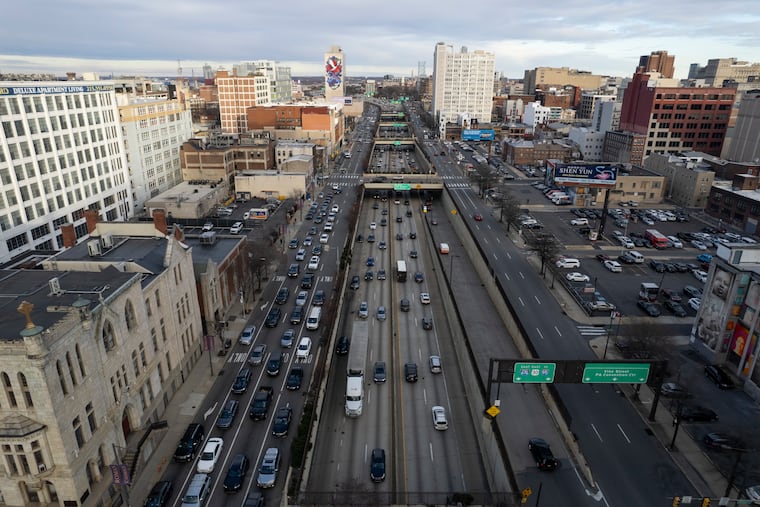Philly plans to cap the Vine Street Expressway to reconnect Chinatown
“This community never gave up the fight for ways to mitigate the expressway,” said John Chin, executive director of the Philadelphia Chinatown Development Corp.

“This community never gave up the fight for ways to mitigate the expressway,” said John Chin, executive director of the Philadelphia Chinatown Development Corp.
